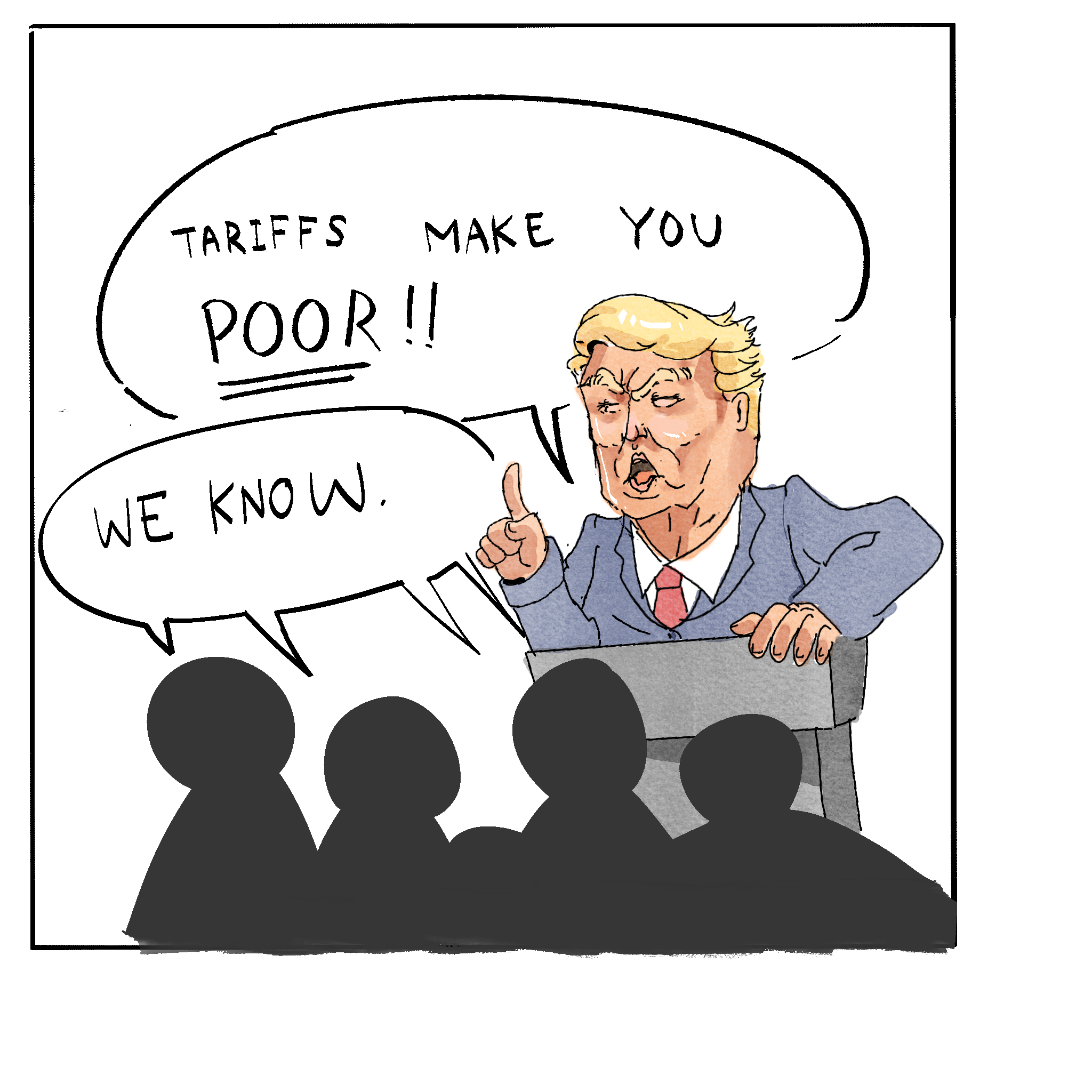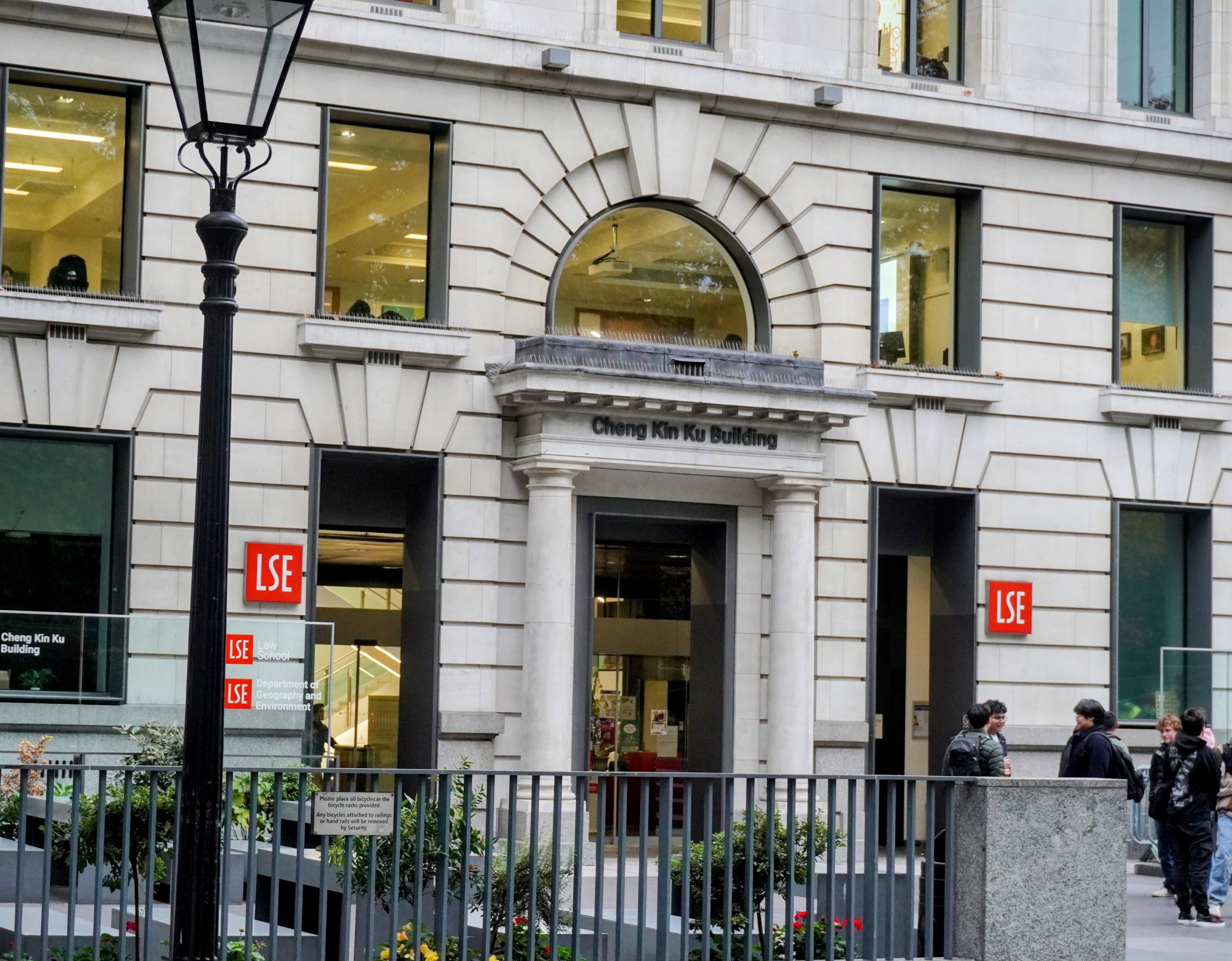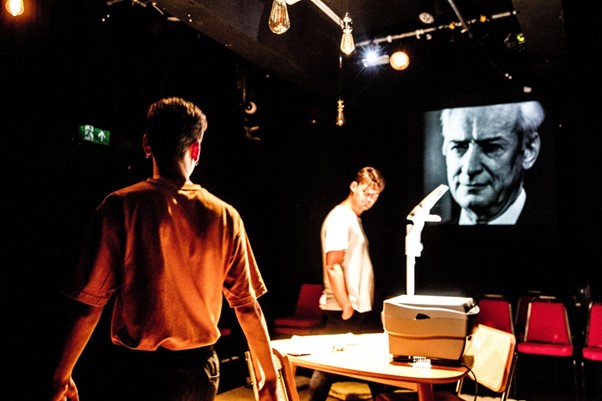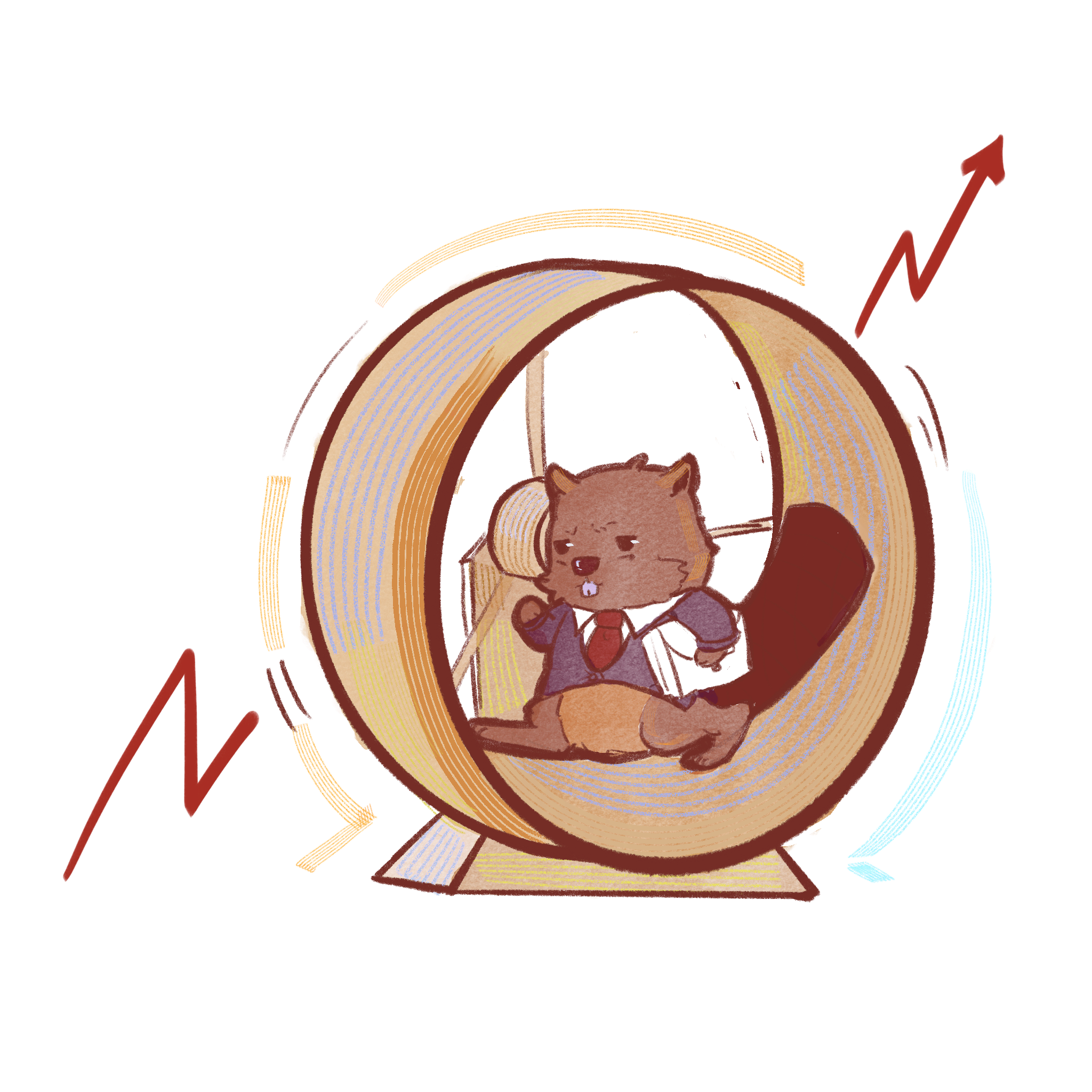Two weeks ago, New Zealand’s Ministry of Health released the findings from a 2014/15 health survey on sexual orientation. The findings confirmed what other surveys, including an earlier BBC-funded study by Ipsos MORI, have found: young people are getting gayer. The survey also revealed a gendered gap in experiences of same-sex attraction, being experienced by one in six women as compared to one in 20 men. This is a significant gap in experiencing bisexual attraction, and one that is particularly striking when compared to the similar rates at which men and women reported homosexual identities, at 1.3% and 1.1% respectively.
How can we explain this difference? What does this speak to in the bisexual experience?
To be sure, all members of the queer community face unacceptable levels of stigma, discrimination and violence. These inequalities must be understood in an intersectional framework: a white bisexual woman is likely to have more privileges than a black transgender bisexual man. There are nuances and social structures, however, that can inform the gendered differences in the bisexual experience as a whole.
For women, there is increasing social acceptance towards bisexuality, as evidenced in the NZ government findings. If anything, the larger risk for the female bisexual is one of being discredited and delegitimised. Her meaningful emotional and sexual connections with other women are written off as unimportant or even performative. Patriarchal power structures inform that the bisexual woman, by rejecting a completely heterosexual existence, exists for male sexual approval. Think of the popularity of the ‘lesbian’ category in porn searches. Think too of the trope of the university student “experimenting” with her fellow classmates (“it’s just a phase”), or being scouted by heterosexual couples on dating apps for threesomes – both all-too-familiar experiences for the bisexual woman.
For men, the story is different. In this same patriarchal environment, heteronormativity and masculinity are mutually reinforcing. To be an authentic, traditionally socially-acceptable man is to have sex with women, and vice versa, under this traditional conceptualisation. Under this logic, to not have sex exclusively with women is inherently feminine. Such understandings are being rightfully challenged by queer and feminist groups, but the root of the concept has proved hard to pull out. Maybe, then, the rift between men and women in experiencing same-sex attraction can be understood as a reaction to the real stigma faced by men in expressing non-conventional sexuality. For bisexual men, being confronted with judgement is not limited to periods in which they are having emotional and sexual connections with men. Bisexual men can also face misconceptions and prejudice in their experiences with women, including their partners. Many bi men are seen as “gay in waiting”, according to popular sex and culture magazine Cosmo. A simple Google search proves countless articles on the topic about whether female writers or their readers should date bisexual men. In this sense, bisexual men are also at risk of having their identity delegitimised, but in the opposite way to bisexual women: they are seen as homosexual men that aren’t ready to make this step yet, or are confused.
Bisexual men are not alone in facing prejudice for defying conventional experiences of masculinity. Particularly within the queer community, trans and homosexual men are also challenging expectations of what it means to be a man. It is important to highlight certain commonalities within the bisexual community, however, as with increased awareness comes reduced stigma.
In a world of strict binaries, what does it mean to reject the two poles of hetero and homosexuality?
In one sense, bisexuals can experience relative privilege when compared to other members of the queer community. In periods of heterosexual-partnering, such as a bisexual man with a girlfriend, or a bisexual woman with a boyfriend, they are often less likely to face direct public acts of violence or discrimination. In another sense, however, the bisexual community is at constant risk of having their identity erased from either side. To be bisexual in today’s society is to be simultaneously not straight enough and not gay enough. In a way, this sums up the bisexual experience: to be both and neither at the same time. When this is met doubly so with expectations of masculinity, the statistically underrepresented bisexual male experience is more understandable.
What can we do about this?
Cries for sexual ‘fluidity’ as a new model leaves behind those for whom this is just unsuitable. It risks alienating the homosexual community in particular, by implicitly advocating for heteronormative sexual practices. At the same time, there is much that is wrong with the current models. The Kinsey scale is one of the mainstream mechanisms for identifying levels of same-sex attraction. The scale, created in 1948, has seven points, ranging from 0, “exclusively heterosexual”, to 6, “exclusively homosexual”. The scale is useful as a means of providing a language in which to talk about same-sex attraction, something that is desperately needed. The scale is inherently flawed, however, in that it again seeks to quantify an identity that for so many is unquantifiable. Although seven points is more than the two of heterosexual / homosexual, it is building off the same concept.
Perhaps the answer then lies in reconceptualising our understanding of sexuality. Embracing bisexuality as a radical act of honesty is almost a political act: a rejection of society’s binaries and expectations. As with the queer community as a whole, to be bisexual is to challenge prevailing notions of traditional womanhood and manhood – both rooted in heteronormativity. It is a strong and powerful act that deserves greater recognition and acceptance.
One thing is for sure: in order to dismantle the current systems of heterosexual, male, white, cisgendered, able-bodied, and class privilege within the queer community, we need to work together to unpick them one at a time. A greater bisexual acceptance is just one place to start.






